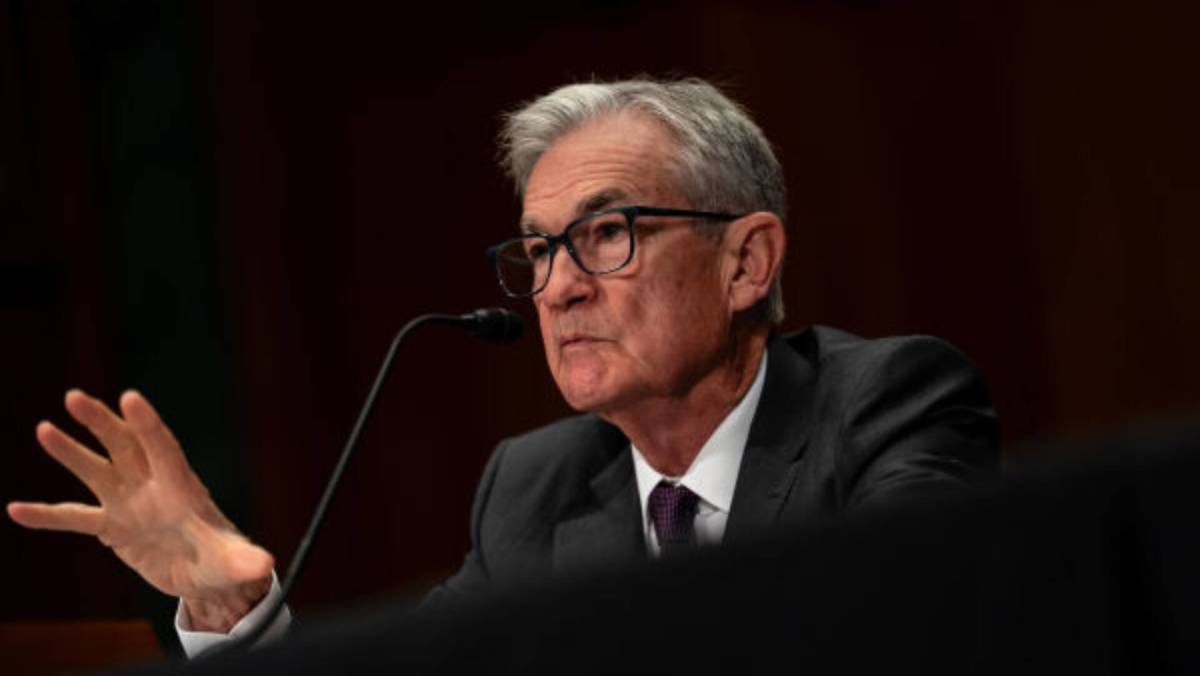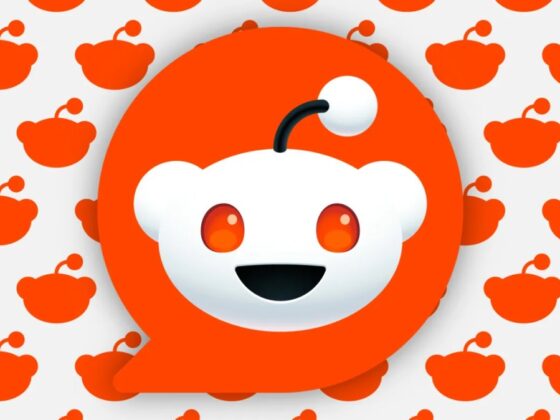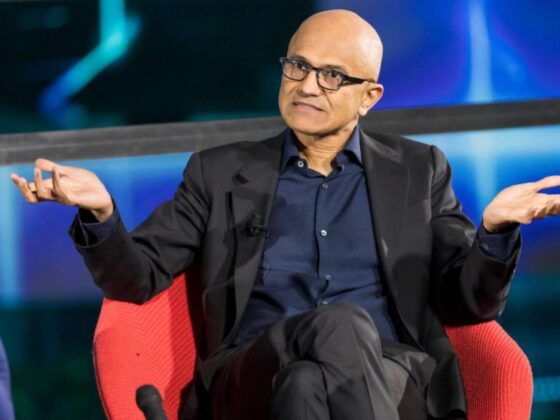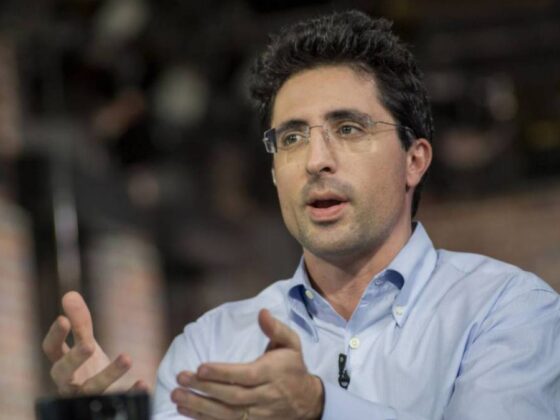There's been a lot of debate this year over the Federal Reserve's decision to leave interest rates unchanged.
Those who favor Fed Chair Jerome Powell cutting interest rates say the risk that tariffs will cause inflation is overblown, and threats to the job market are more important. Opponents say it's too soon to say inflation won't spike because of tariffs and that recent economic data show unemployment is manageable.
There's little debate, however, that we've seen sticky inflation and that cracks in the jobs market have appeared.
💵💰Don't miss the move: Subscribe to TheStreet's free daily newsletter💰💵
The Consumer Price Index showed inflation was 2.7% in June, matching inflation in November, and up from a low of 2.3% in April. Meanwhile, job losses have picked up in 2025, including layoffs associated with the Department of Government Efficiency's efforts this spring.
The uncertainty over whether inflation or unemployment should be the Fed's focus has planted it firmly on the sidelines, causing the market to push out odds of rate cuts further as the year has progressed.
That kick-the-can trend continues following the Fed's decision to leave rates unchanged again on July 30.
Is the Fed at risk of falling behind the curve?
Gross Domestic Product, or GDP, measures economic activity. It looked pretty bleak this spring when the advance first-quarter GDP estimate showed the U.S. economy contracted 0.3%, according to the Bureau of Economic Analysis.
The slip in GDP was blamed mainly on companies pulling forward imports to sidestep President Donald Trump's newly instituted tariffs and a ramp in gold trading following his election.
Related: Federal Reserve meeting targets interest rate cut
Combined with companies reporting 275,240 job cuts in March, up 205% year over year, and tariff risks, many economists and market participants began fearing stagflation, a period of rising inflation and stagnant economic activity, or worse, an outright recession.
In that scenario, hesitancy at the Fed could lead to it falling so behind the curve that it would have to cut drastically to get the U.S. economy back on track.
While economic risks remain, the data since then has been more encouraging, making it less likely that the Fed's pause on rate cuts will result in it being caught offside.
Consumer confidence, which had tanked this spring to its lowest level since 2011, has rebounded. The Conference Board's Expectations Index, which had plummeted to 54.4, recovered to 74.4 in July.
Meanwhile, according to the advance estimate for second-quarter GDP, the U.S. economy returned to growth, rising 3%.
There's also been a deceleration in job losses. U.S. employers announced 47,999 job cuts in June, down 49% from May and 2% lower than last year, according to Challenger, Gray, & Christmas.
There were 247,256 job losses in the second quarter, the most in a Q2 since 2020. Still, the retreat in layoffs in June is encouraging.
More Economic Analysis:
- GOP plan to remove Fed Chair Powell escalates
- Federal Reserve official gives green light to July rate cut
- Trump deflects reports on firing Fed Chair Powell ‘soon’
- Former Federal Reserve official sends bold message on ‘regime change'
Consumer confidence, GDP, and the jobs market data could suggest that the Fed is right to keep its finger off the rate cut trigger. After all, the Fed's dual mandate is low inflation and unemployment, two often contradictory goals.
When the Fed raises rates, the economy slows, causing job losses but reducing inflation. When it cuts interest rates, the economy accelerates, leading to job growth but increasing inflation.
Absent clarity on which is worse, inflation or unemployment, there's little incentive for the Fed to risk making a decision that creates more problems than it solves.
“Economic growth really was not that strong, but the headline print made it look so. That was enough for Powell and company to sit on their collective hands and punt the football into September,” wrote veteran analyst Stephen Guilfoyle on TheStreet Pro.
Fed throws cold water on September interest rate cut hopes
The possibility of interest rate cuts has remained in play this year, with the Fed itself saying in its closely watched dot-plot that it expected two rate cuts by the end of 2025 in June.
The dot-plot wasn't updated for the July meeting (we'll have to wait until September for that), but Chairman Powell's comments didn't do much to embolden those hopeful that the first of those cuts could happen at September's meeting.
Related: Warren Buffett's Berkshire Hathaway predicts major housing market shift soon
“The [Jerome Powell] press conference was quite hawkish,” wrote Peter Tchir on TheStreet Pro. “Powell seemed to drive home the message that ‘tariffs are slow-moving in terms of inflation, but inflationary nonetheless.' That aligns with my view, that it takes months, maybe even quarters before the inflation effects hit.”
Powell stuck to his guns throughout the press conference, doubling down on previous statements that any future interest rate cuts would hinge on the data, rather than anything else.
Ostensibly, that's been a knock on President Trump's ongoing criticism of Fed policy and Powell himself.
The president has referred to Powell as “Mr. Too Late” and a “numbskull” for leaving rates unchanged. He reiterated his displeasure following the Fed meeting, calling Powell “Too Late, and actually, too angry, too stupid, & too political, to have the job of Fed Chair” in a post on Truth Social.
Powell explained holding the line on rates in his press conference, saying current policy is “modestly restrictive” and the economy is in a “solid position.” He conceded that tariffs' impact on inflation could prove short-lived, though.
Nevertheless, the absence of a more evident tilt toward lower rates soon squashed optimism that interest rates would be cut in September.
According to the CME's closely watched FedWatch tool, the probability of the Fed cutting the Fed Funds Rate in September dropped to 39% after the Fed decision, from 58% one week ago and down from 75% one month ago.
Odds interest rate cuts will reduce the Fed Funds Rate by a quarter percent to a range of 4% to 4.25% in October, also shifted. CME data suggests a 38% probability that interest rates will remain unchanged at the current 4.25% to 4.50% level in October, up from 1% last month.
Unsurprisingly, Treasury yields fell, with the 10-year Treasury Note declining two basis points to 4.36% on July 31, and down from 4.42% on July 28.
Related: Legendary fund manager has blunt message on ‘Big Beautiful Bill'













